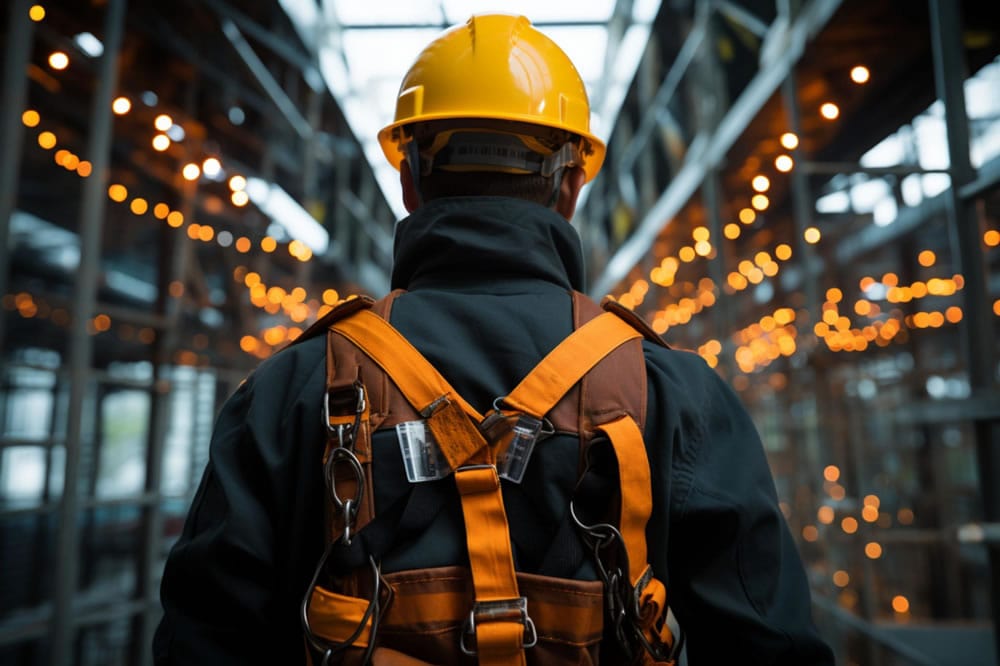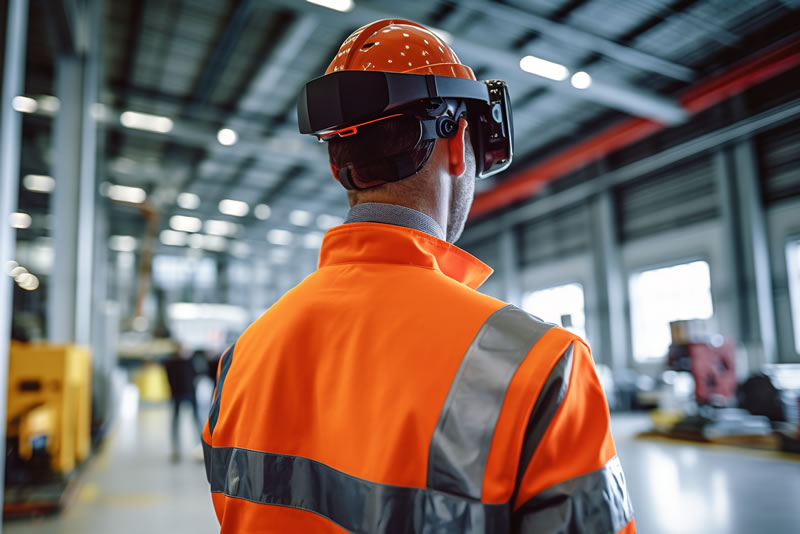Why is risk assessment important? This question highlights a fundamental aspect of workplace safety. Health and safety risk assessments are not just regulatory requirements; they are critical tools for identifying potential hazards, mitigating risks, and ensuring the well-being of workers. One of the key functions to ensure safety in your workplace is Health and Safety Risk Assessment.
This function is critical for identifying, evaluating and mitigating potential hazards that could compromise the safety of workers. And the overall safety and stability of your workplace.
As outlined in Health and Safety Executive (regulatory body in the UK) platform, Managing Risks and Risk Assessment at Work, organisations are required to protect their employees’ safety at work. The minimum you must do for this is:
- Identify what could cause injury or illness in your business (hazards)
- Decide how likely it is that someone could be harmed and how seriously (the risk)
- Take action to eliminate the hazard, or if this isn’t possible, control the risk.
Facing the Consequences of not Managing Workplace Risks
in 2019 a tragic accident occurred at an industrial premises in Ireland, highlighting the grave consequences of overlooking workplace safety. A sole trader was contracted to repair the roofs at an industrial premises. While working on an improvised working platform, sole trader fell from the platform and later died in hospital due to the injuries.
Business owners associated with the site faced charges for breaching the regulations of the Safety, Health and Welfare at Work Act 2005. As reported by HSA (Health and Safety Authority, Ireland) 10th May 2024; they were found to have failed to identify hazards in a place of work, assess the risks presented by those hazards and be in a possession of a written statement of such risks.
This unfortunate event serves as a sobering reminder to all businesses of the vital responsibility they hold in ensuring the safety and well-being of their workers.
To avoid this kind of situations, taking the first step in keeping everyone safe at work is vital for good Health and Safety management. The only other option to managing risks is dealing with crises, which is more costly, takes more time, and can be embarrassing to you. By lessening the chances or impact of these risks, you can prevent them from happening.
Let’s take a closer look at what Health and Safety Risk Assessment really is and why is risk assessment important.
What is Health and Safety Risk Assessment?
Health and Safety Risk Assessment is an health and safety function that aims to identify potential hazards, evaluate associated risks that could negatively affect your organisation’s ability to conduct operations and put your people at risk. These assessments help implement measures to control or eliminate those risks.
In summary, Risk Assessment identifies hazards and evaluates risk to reduce potential harm. And Control Measures are the strategies and methods implemented to mitigate identified risks.
Three main stages of health and safety risk assessment are:
- Identify, hazards and risks in the workplace
- Evaluate, the risk level and likelihood of the risk or hazard
- Control, build a plan for eliminating or controlling the risk or hazard
Health and Safety Risk Assessment is essentially a preventive measure that provides you with a roadmap to create a safe and secure work environment.
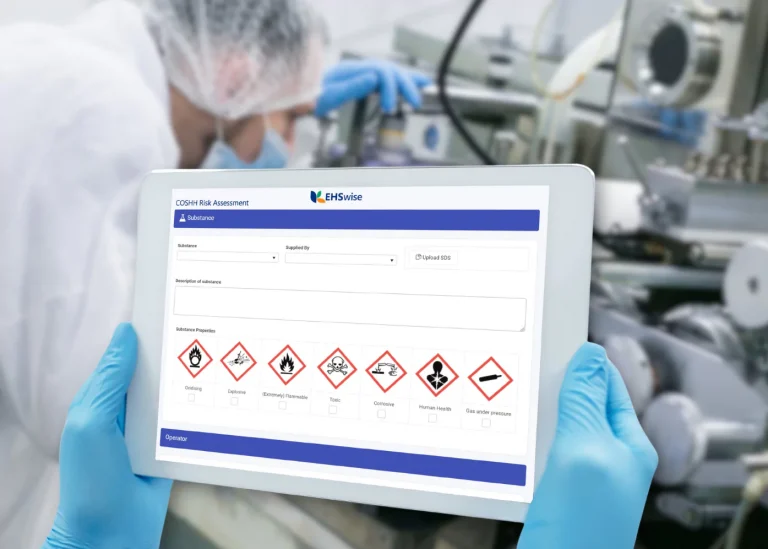
Why is Health and Safety Risk Assessment Important?
- Employee Safety and Well-Being: The primary goal of any health and safety risk assessment is to protect employees' safety and well-being. By identifying and addressing potential hazards, you can create a workplace where employees feel safe and protected. This not only promotes a positive work environment but also boosts employee morale and productivity.
- Legal Compliance: Adhering to health and safety regulations is a legal requirement. Conducting regular risk evaluations ensures that your organisation comply with local, national and international safety standards. Failure to comply can result in serious legal consequences, including fines and shutdowns.
- Risk Identification and Analysis: Risk evaluations are more than just checklists; they are dynamic processes that explore the identification and analysis of potential risks. By monitoring working environment, processes and tasks, you gain insights into the level of risk and the likelihood of incidents occurring, allowing for proactive measures to mitigate or eliminate identified risks.
- Effective Control Measures: A well-executed assessment is crucial in determining effective control measures, which include not only immediate safety but also ongoing monitoring and adaptation. By understanding the specific risks, you can implement controls that are not only efficient but also practical and sustainable in the long run.
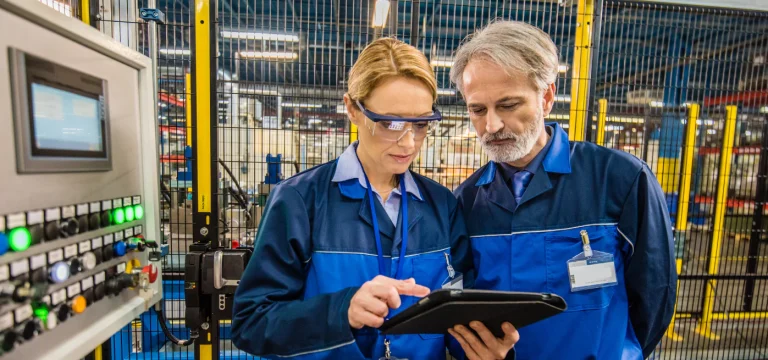
When Do You Need to Conduct Risk Assessment?
- New Processes or Activities: Whenever a new process or activity is introduced to the workplace, a health and safety risk assessment should be performed to identify possible risks connected with the new elements and develop strategies to effectively manage them.
- Changes in the Work Environment: If there are changes to the work environment, such as layout changes or the introduction of a new asset, such as new equipment, a risk evaluation should be performed to verify that the changes do not bring new hazards or intensify existing ones.
- Incident Occurrence: Following any workplace incident or accident, a risk assessment should be conducted to understand the cause, prevent recurrence, and improve safety measures.
- Routine Evaluations: Conducting periodic risk evaluation is critical to upholding continuous safety standards. This practice enables organisations to maintain vigilance, identify emerging hazards, and adjust safety protocols accordingly.
For instance in construction sites, flammable materials, electrical systems, and hot work activities pose significant risks. A simple negligence in adhering to safety protocols can swiftly escalate into a major accident. Similarly, manufacturing facilities often house combustible materials and machinery, amplifying the potential for fire incidents.
In both industries, the consequences of inadequate fire safety measures can be dire. Not only are lives at stake, but businesses also face the prospect of extensive downtime, regulatory penalties, and reputational damage.
It’s imperative for organisations to prioritise fire safety as an integral component of their risk management strategies conduct fire risk assessments regularly.
Benefits of a Structured Health and Safety Risk Assessment
In order to ensure safety at workplace, it is crucial to have a well-structured health and safety risk assessment. This assessment goes beyond just identifying potential hazards, it also serves as the foundation for developing effective risk mitigation strategies.
Health and safety risk assessment is not just a task you need to complete before a safety audit just to check boxes, but a strategic core function for you if you are committed to providing a secure and thriving workplace safety culture to your team.
- Preventing Accidents, Saving Lives: By conducting a thorough risk assessment, we can anticipate and address potential accidents before they happen. This proactive approach plays a crucial role in minimising workplace injuries and incidents.
- Resource Optimisation: To make the most of their efforts and investments, organisations need to identify and address potential risks. By prioritising areas of concern, businesses can ensure that their resources are optimised and have the greatest impact on safety.
- Enhanced Employee Confidence and Engagement: Prioritising employee safety creates a strong foundation of trust within the organisation. This leads to increased morale, engagement, and job satisfaction among employees.
- Raising safety awareness: An effective risk evaluation, raise awareness about hazards and the risks they pose and help you identify options to minimise health and safety risks.
-
Centralised documentation: You can't escape the need for documentation for managing safety. A risk assessment is crucial for building a record of hazards. It not only promotes transparency within the company but also helps you in preparation to audits and meeting legal safety requirements.
A well defined health and safety risk assessment function makes recordkeeping easier, allowing you to swiftly show your adherence to regulations when needed.
So, what are the next steps for you?
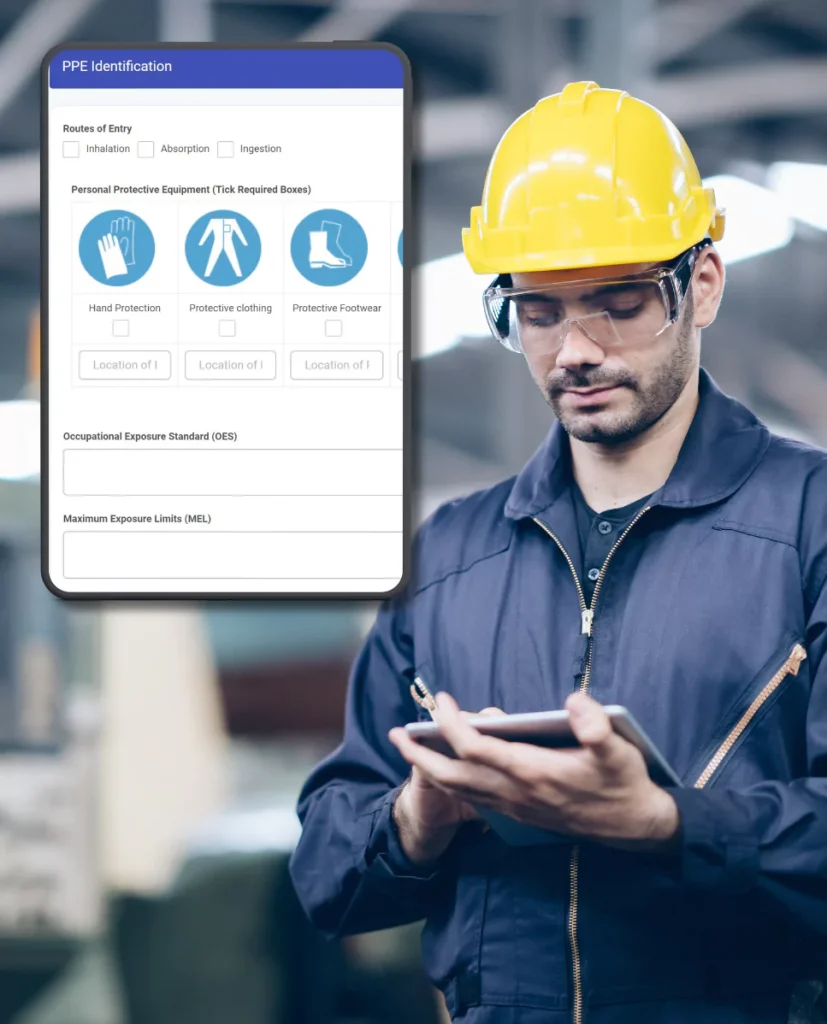
Making sure everyone is safe isn’t just a rule, it’s the right thing to do. A structured Health and safety risk assessment is a crucial part of this.
It helps find and fix things that could be harmful to people at work and keeps the workplace safe and stable.
Therefore, maintaining an up-to-date risk evaluation is more than just a compliance requirement; it demonstrates how you are committed to creating a safe and engaged workplace for all your people. As your workplace continues to evolve, your strategies for identifying and managing risks must also adapt.
With the help of risk assessment software, you can optimise your risk assessment process. Benefit from mobile use, risk scoring, and risk matrices for understanding high-risk activities, implementing control measures, and managing incidents anytime, anywhere, through easy-to-use dashboards.
While avoiding incidents, you will also save costs by addressing negligence in health and safety processes with a reliable software solution.
Benefits of Using Technology
Using health and safety risk assessment software has many benefits, such as simplifying management of risk assessment for EHS leaders and increasing employee engagement by making it easier for employees to interact with risk management related safety practises.
In the long run this helps you avoid accidents, save lives, and prevent unexpected results. While people might think accidents happen because of employees, they often occur due to gaps in safety management processes.
By embracing advancements in Risk Assessment Software, your organisation not only meets its legal obligations but also establishes itself as a trailblazer in providing a culture of safety through well-structured safety management processes.
EHSwise Health and Safety Risk Assessment, represents the future of workplace safety management, combining flexible technology with proactive control measures to promote environments where your organisation can thrive while prioritising employee safety.
